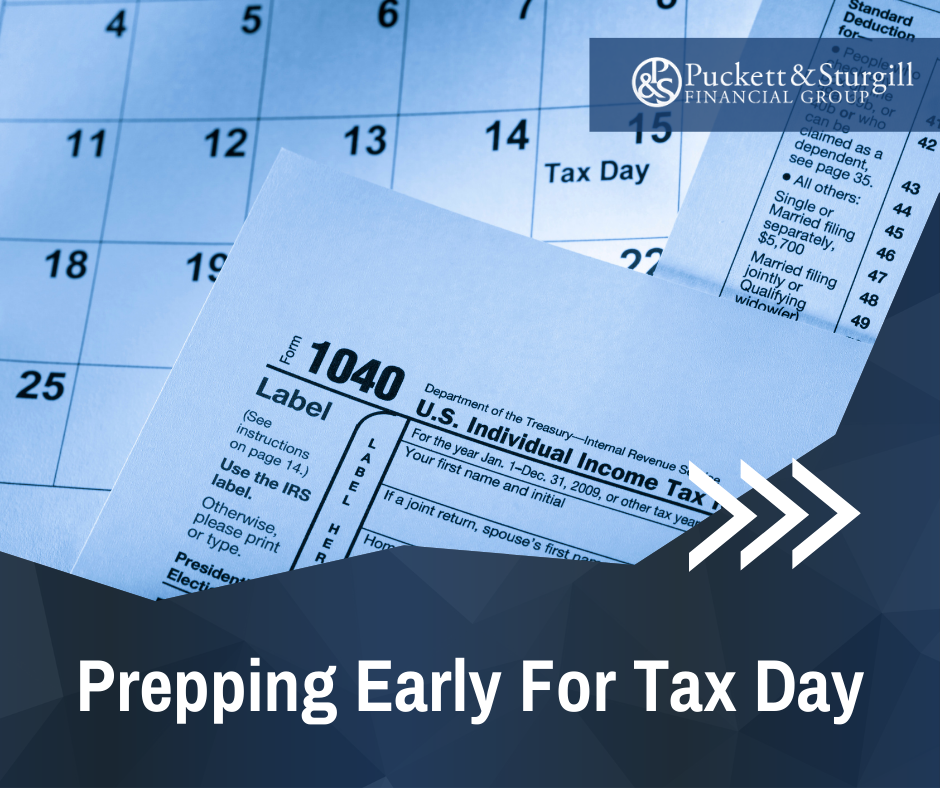
WHAT TO KNOW ABOUT THE SECURE ACT 2.0
With the signing of the Omnibus Appropriations package into law, both employees and employers can take advantage of more than 90 new provisions aimed at creating opportunities to create or modify workplace retirement plans and strategies. What to know about the Secure Act 2.0 that may impact you and your financial and retirement goals? Read below for a helpful overview of important information to know about the SECURE Act 2.0. Key Points Catch-up contribution changes Enhancement of tax credits for small business Changes to required minimum distributions (RMDs) Student loan payment matching Expansion of auto-enrollment Emergency plan modifications through a 401(k) plan Distribution of excess 529 assets to Roth IRAs Employer contributions to be offered to employees on a Roth basis SIMPLE and SEP contributions to be made on a Roth basis Self-correction and IRA violations without submission to the IRS Benefits for part-time and low to middle-income workers Catch-up contribution increase and changes for earners over $145,000 Catch-up contributions allow you to put more money in your retirement savings accounts than the amount usually permitted for the year. This may enable people who have delayed saving or, for those who haven’t start yet, to “catch up” in pursuit of their retirement goals. There are two significant changes to the catch-up contributions. First, effective in 2024, all catch-up contributions for individuals earning more than $145,000 per year (indexed) must be made on a Roth, or after tax basis. This does not apply to SIMPLE plans. Second, beginning Jan. 1, 2025, individuals ages 60-63 will be allowed to make catch-up contributions to their workplace plan of up to $10,000 or 150 percent of the standard catch-up contribution amount












